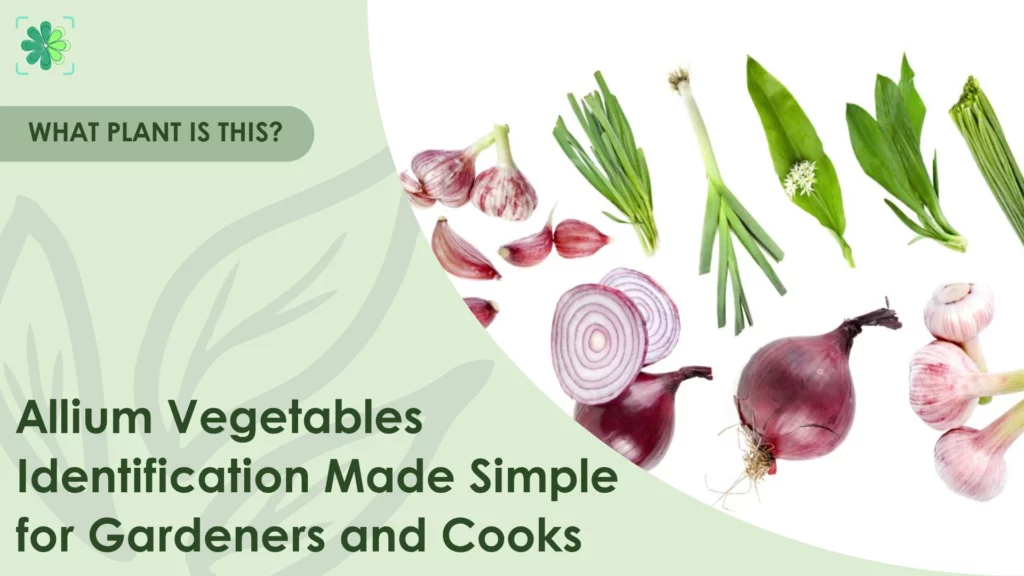
Allium vegetables are a flavorful group that includes onions, garlic, leeks, and other related species. This allium vegetables identification guide shows you how to recognize them by smell, shape, and structure. You’ll learn about key visual traits like bulb types, leaves, and flowers, plus how their strong, sulfur-rich aroma can help you tell them apart. We’ll also explore their culinary uses, health benefits, and the tools that make ID easier. Let’s start!
What are Allium Vegetables?
Allium vegetables belong to the Allium genus, a large group of flowering plants known for their pungent aroma and intense flavor. This group includes everyday staples such as onions, garlic, leeks, and chives, all of which share similar botanical traits but vary in form, taste, and culinary applications.
Many people look up allium vegetables identification for a few key reasons:
- Gardeners want to distinguish edible alliums from ornamental or wild varieties.
- Cooks and foragers often need help telling lookalike bulbs apart, especially when shopping at farmers’ markets or gathering wild onions or garlic.
- Home herbalists use alliums for their natural medicinal compounds, which are more potent in certain varieties.
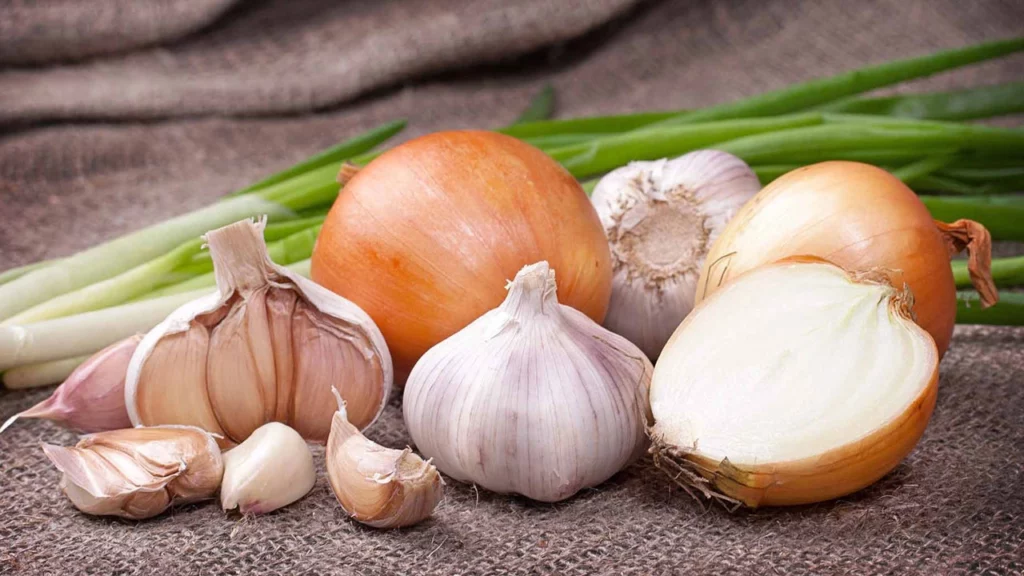
These plants have been prized for centuries, not just in cooking but also in traditional medicine. From ancient Persia to East Asian cuisines, alliums have been used to flavor dishes, treat infections, and support immune health. Whether raw, roasted, or fermented, they show up in everything from soups to stir-fries.
Botanical Features for Allium Vegetables Identification
Identifying allium vegetables often comes down to a few consistent botanical traits. While each species has its quirks, they all share a distinct structural blueprint that makes recognition easier once you know what to look for.
- Bulb structure: Most alliums grow from underground bulbs or thickened leaf bases. These bulbs vary in size (from small clustered shallots to large, single-headed onions) and may have layers of papery skin.
- Leaves: Alliums usually have linear leaves that may be flat, hollow, or even coiled. A common sign is that the leaf tips tend to wither and dry out as the plant matures.
- Flowers: They typically bloom in globe-shaped clusters (called umbels) perched atop a single, leafless stalk. Each flower has six tepals, and colors usually fall within pink, purple, or white hues.
- Roots and growth habit: As monocots, they develop fibrous root systems rather than a taproot. Depending on the species, alliums can range from a few centimeters tall (like chives) to well over a meter (like leeks).
For cooks and gardeners alike, one of the most telling clues for allium vegetables identification is smell. When in doubt, crush a leaf or bulb. If you catch that sharp, sulfur-rich scent (caused by compounds like allicin and diallyldisulfide), you’re almost certainly dealing with an allium.
Types of Allium Vegetables and How to Recognize Them
The list below outlines the most common varieties used in cooking, along with key traits that support allium vegetables identification through sight, smell, and taste.
1. Onion (Allium cepa)
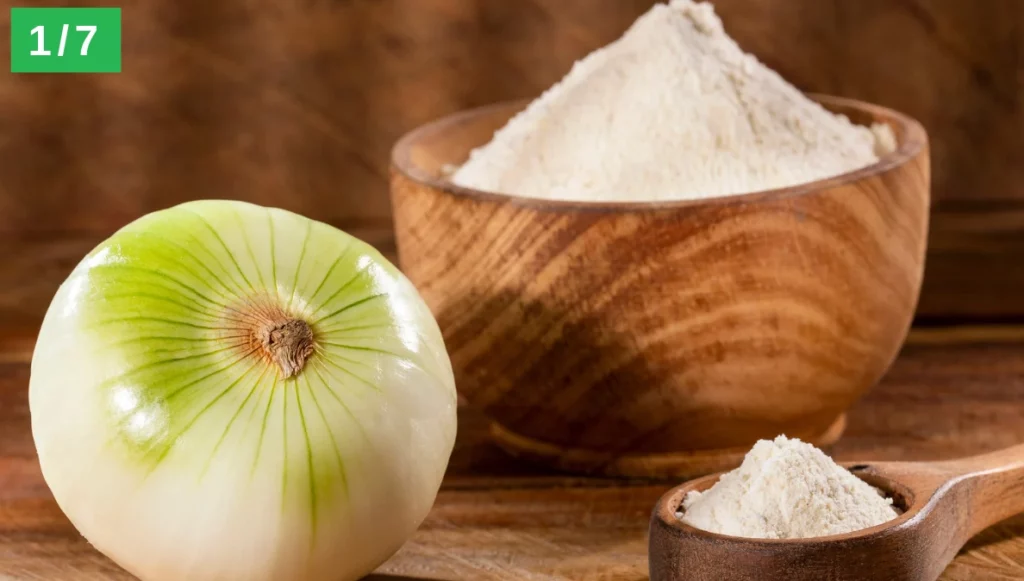
Onions are one of the oldest cultivated vegetables, dating back to ancient Egypt. Their ability to store well made them vital for long winters and sea voyages.
- Bulb type: Single, globe-shaped bulb with papery skin
- Leaf shape: Hollow, tubular green leaves
- Smell: Sharp, tear-inducing sulfur compounds
- Common uses: Soups, sauces, caramelized toppings, grilling
- Fun fact: Yellow onions make up about 90% of U.S. cooking onion sales
2. Garlic (Allium sativum)
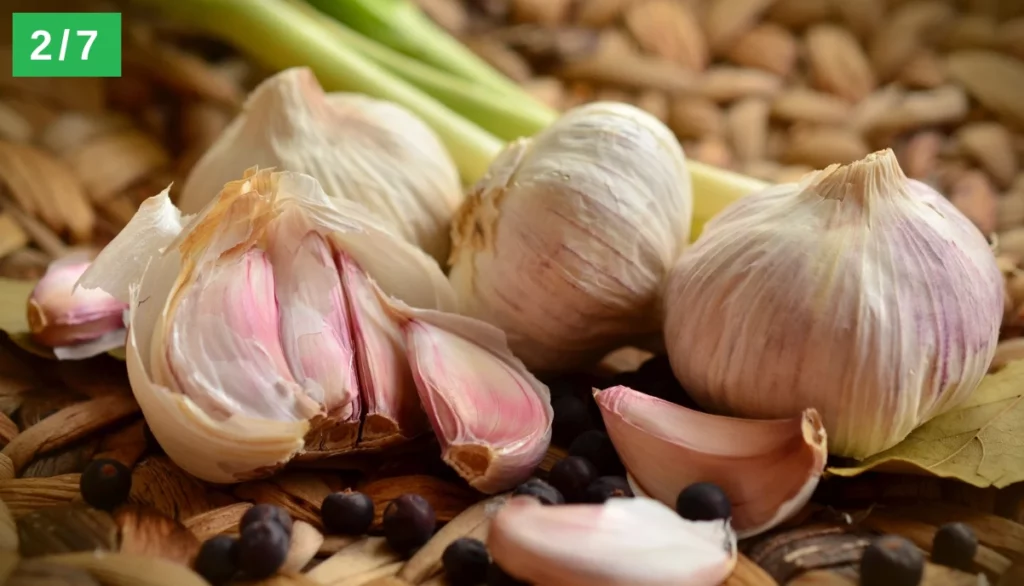
Garlic is known not just for flavor, but for its antibacterial and antiviral properties. In WWII, it was nicknamed “Russian penicillin” due to its use when antibiotics were scarce.
- Bulb type: Compound bulb made up of 5–15 cloves
- Leaf shape: Long, flat, grassy leaves
- Smell: Intense and lingering, especially when crushed
- Common uses: Stir-fries, sauces, infused oils, roasted whole
- Fun fact: Raw garlic releases allicin, a compound shown to fight bacteria and reduce blood pressure
3. Leek (Allium ampeloprasum)
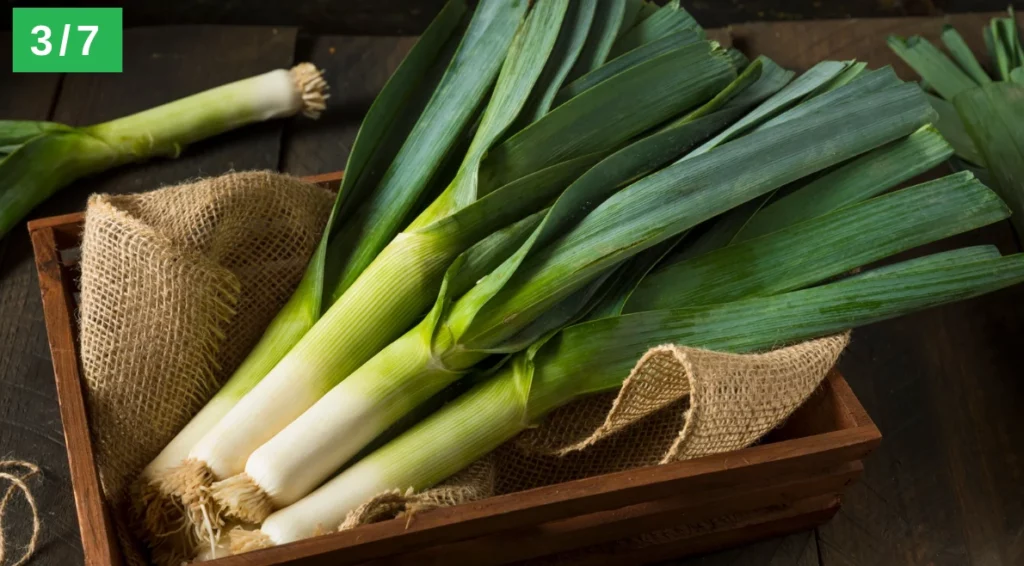
Leeks don’t form a true bulb, and their mild, sweet taste makes them a favorite for French and Welsh cuisine. They’re even a national symbol of Wales.
- Bulb type: No bulb; cylindrical white stalk
- Leaf shape: Broad, flat, fan-like leaves
- Smell: Mild onion aroma, barely pungent
- Common uses: Leek and potato soup, quiche, braised dishes
- Fun fact: Leeks grow in sandy soil, and their layers often trap grit (thorough washing is essential)
4. Shallot (Allium cepa var. aggregatum)
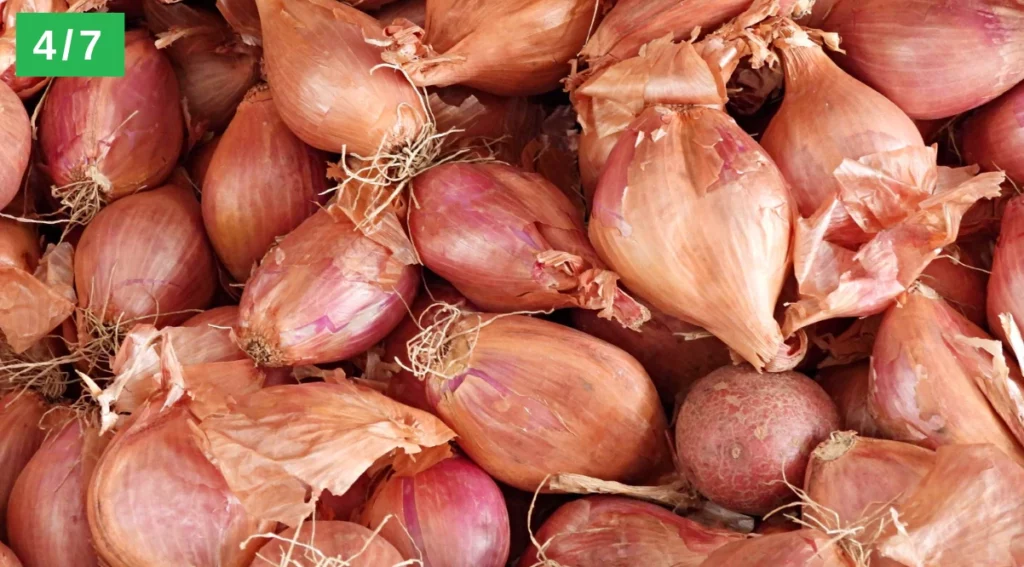
Shallots are prized by chefs for their delicate flavor, which enhances sauces without overpowering them. They’re often preferred over onions in vinaigrettes and gourmet dishes.
- Bulb type: Small, clustered bulbs with copper or reddish skin
- Leaf shape: Narrower, more tender than onion greens
- Smell: Subtle fusion of onion and garlic
- Common uses: Béarnaise sauce, vinaigrettes, caramelized sides
- Fun fact: In Southeast Asian cuisine, crispy fried shallots are used as a topping for soups and rice
5. Chives (Allium schoenoprasum)
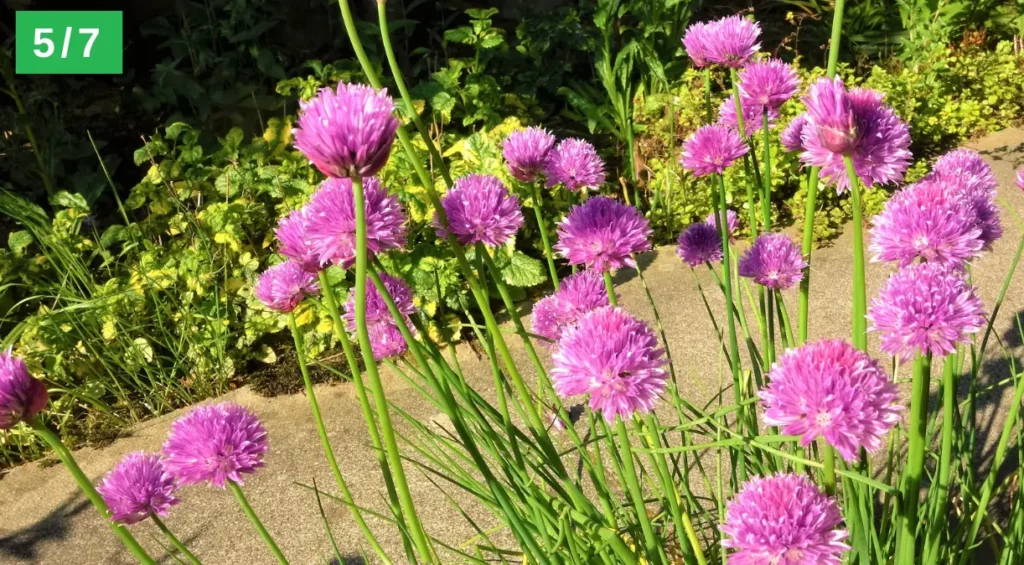
Chives are the smallest and most delicate member of the allium family. Unlike other alliums, they are commonly grown for their leaves and edible flowers, not bulbs.
- Bulb type: None; clump-forming perennial
- Leaf shape: Slender, tubular, dark green
- Smell: Mild onion fragrance
- Common uses: Garnish for eggs, soups, dips, and butter
- Fun fact: Chive flowers are edible and make beautiful purple-tinted vinegars
6. Scallion / Green Onion (Allium fistulosum)
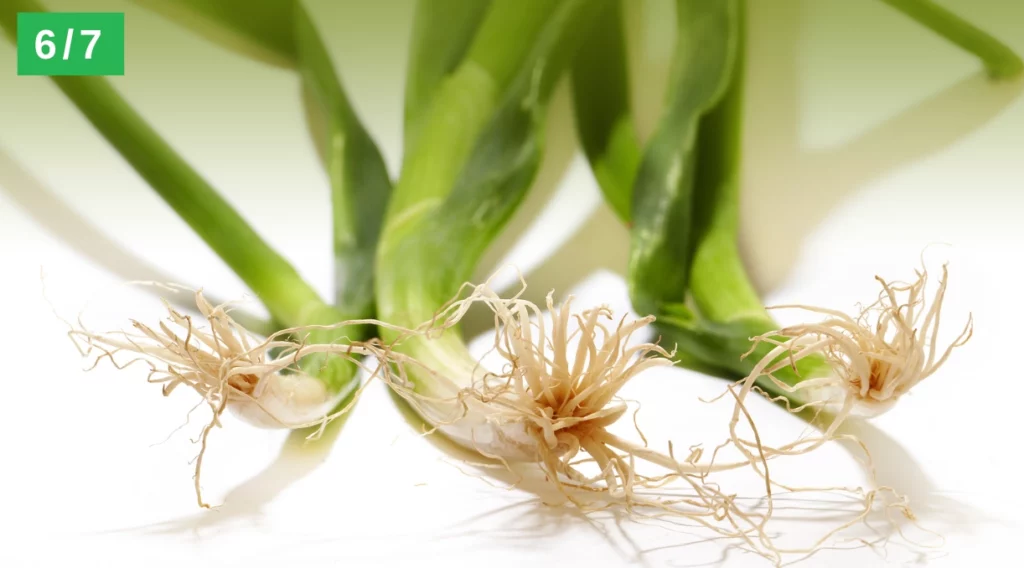
Scallions are often confused with young onions, but true scallions never form bulbs, even when mature. They’re a staple in Asian cuisines and pair well with soy and sesame.
- Bulb type: Long white shaft, no defined bulb
- Leaf shape: Hollow, tube-like, dark green leaves
- Smell: Light, grassy onion scent
- Common uses: Stir-fries, toppings for noodles or grilled meats
- Fun fact: In Japanese cuisine, scallions are called “negi” and are used in almost every broth-based dish
7. Garlic Chives (Allium tuberosum)
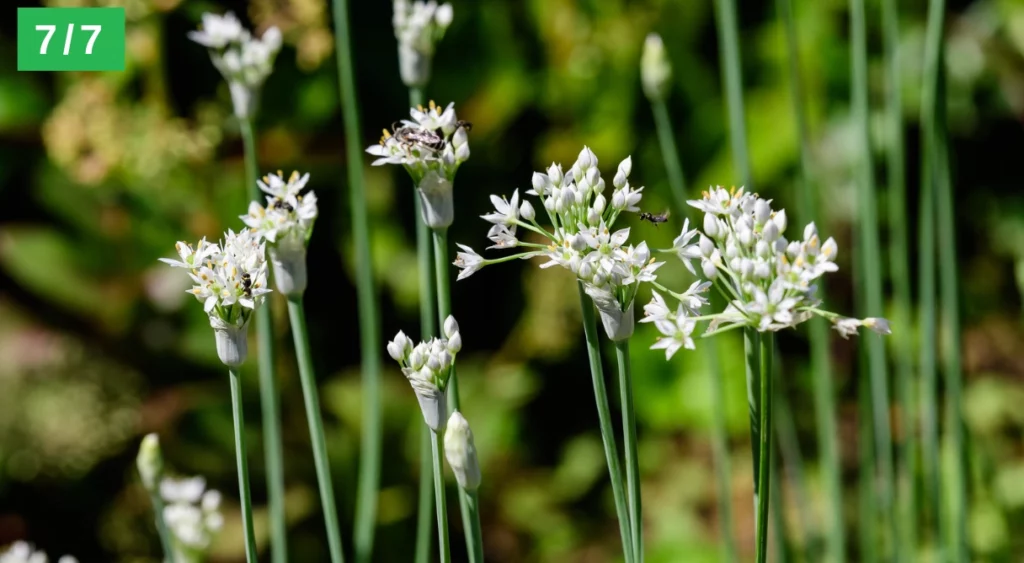
Also known as Chinese chives, this variety has flat leaves and a gentle garlic scent. It’s commonly used in dumplings and spring rolls.
- Bulb type: Small fibrous root base; no true bulb
- Leaf shape: Flat, ribbon-like green leaves
- Smell: Soft garlic aroma, especially when chopped
- Common uses: Dumpling fillings, scrambled eggs, Asian stir-fries
- Fun fact: Their white star-like flowers bloom in late summer and attract pollinators like bees and butterflies
Nutritional and Culinary Relevance
Allium vegetables like onions, garlic, leeks, and chives are more than just flavor boosters. They’re nutritional powerhouses packed with essential vitamins, minerals, and bioactive compounds.
Many people researching allium vegetables identification are also interested in their health benefits, and for good reason:
- Rich in vitamins and minerals: Onions and garlic are excellent sources of vitamin C, B6, folate, manganese, and selenium. Leeks, for instance, are high in vitamin K (about 45% of the daily value per 100g) and also provide iron and fiber.
- Loaded with antioxidants: Compounds like quercetin (in onions) and kaempferol (in leeks) help fight oxidative stress and support cardiovascular health.
- High in prebiotic fiber: Especially in leeks, the type of fiber they contain supports healthy gut bacteria and improves digestion.
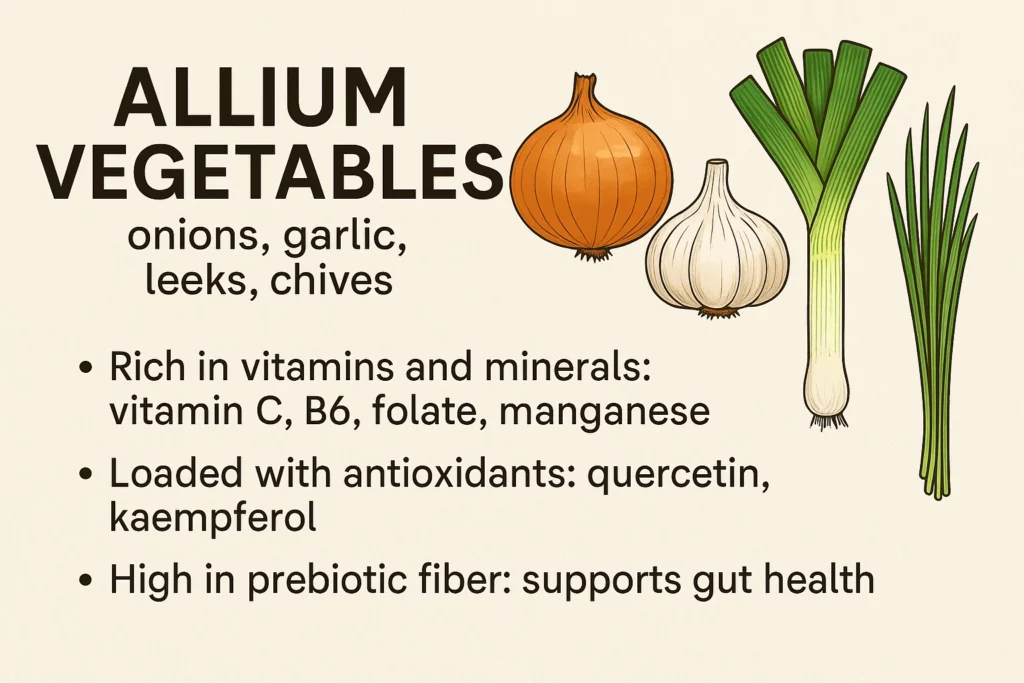
What makes them truly unique are their sulfur-containing compounds, such as allicin, which forms when garlic or onion is chopped or crushed. These compounds have been linked to:
- Lower blood pressure and cholesterol
- Reduced inflammation and improved immune response
- Protection against certain cancers (including stomach, breast, and prostate)
- Antibacterial and antiviral effects, which is why garlic was called “Russian penicillin” during wartime shortages
In the kitchen, alliums are incredibly versatile:
- Use raw in salsas, salads, and pickles for a sharp kick
- Use cooked in soups, roasts, or stir-fries for a rich, mellow depth
- Use pickled in Korean banchan, Indian chutneys, or Middle Eastern meze
Historically, allium vegetables identification also played a role in traditional medicine. In ancient Persia, garlic and onions were believed to boost strength and endurance. In East Asia, green onions and garlic chives have long been used in broths and remedies to warm the body and strengthen immunity during seasonal changes.
Tools and Resources for Allium Vegetables Identification
| Tool/Resource | Type | Use Case |
| Planteyes | Mobile App | Identify vegetables by photo; chat-based Q&A for plant questions |
| RHS Plant Finder | Online Database | Compare ornamental and culinary alliums with images and flowering data |
| Missouri Botanical Garden Plant Finder | Online Database | Look up botanical names, bulb types, and growth habits |
| Wikipedia / Wikimedia Commons | Open Access Gallery | Cross-check names, photos, and global culinary uses |
| Alliums: The Ornamental Onions – Dilys Davies | Book | Explore flower and bulb variations, especially in ornamental varieties |
| Edible Wild Plants – John Kallas | Book | Identify wild garlic/onions and distinguish them from lookalikes |
| Sensory Clues (Smell, Shape, Flowers) | Manual Method | Confirm ID when apps or flowers aren’t available — check scent and structure |
Gardening and Field Allium Vegetables ID Tips
1. Use raised beds if your soil stays wet — alliums hate soggy roots.
2. Look for waxy, grass-like leaves in seedlings — browning tips are a clue.
3. Crush a leaf — strong sulfur smell means it’s edible.
4. Harvest onions/garlic when most leaves flop over.
5. Leeks = thick stalk, no bulb, flat leaves — not scallions.
6. Check soil pH (6.5–7.0) — garlic won’t thrive in acidic soil.
7. No smell = not for eating — many ornamentals look edible but aren’t tasty.
8. Leave some chives when harvesting — they regrow yearly.
9. Always label rows — seedlings often look like regular grass.
10. Wild ID tip: If it doesn’t smell like garlic/onion, don’t eat it.
Final Thought
In the end, learning allium vegetables identification isn’t just for gardeners. It’s helpful for cooks, foragers, and anyone curious about what’s on their plate. Once you know what to look for, it’s easier than you think. Use Planteyes to double-check your guesses or get expert help on the spot.
FAQs
How can I tell an allium vegetable by smell alone?
Crush the leaf or bulb. If it releases a strong sulfurous, garlicky or onion-like scent, it’s almost certainly an allium. No smell? Likely not edible.
What’s the easiest way to tell garlic from similar bulbs?
Garlic bulbs are made up of multiple cloves wrapped in papery skin. Unlike onions or shallots, they break apart easily into segments.
Are wild onions safe to eat?
Yes, but only if they smell like onions or garlic. If there’s no pungent smell, don’t eat it. Lookalikes like death camas are toxic and have no odor.
What’s the best app for identifying allium vegetables in the garden?
Planteyes is highly recommended. It lets you upload photos, shows side-by-side comparisons, and even allows you to ask plant-related questions in a chat format.


